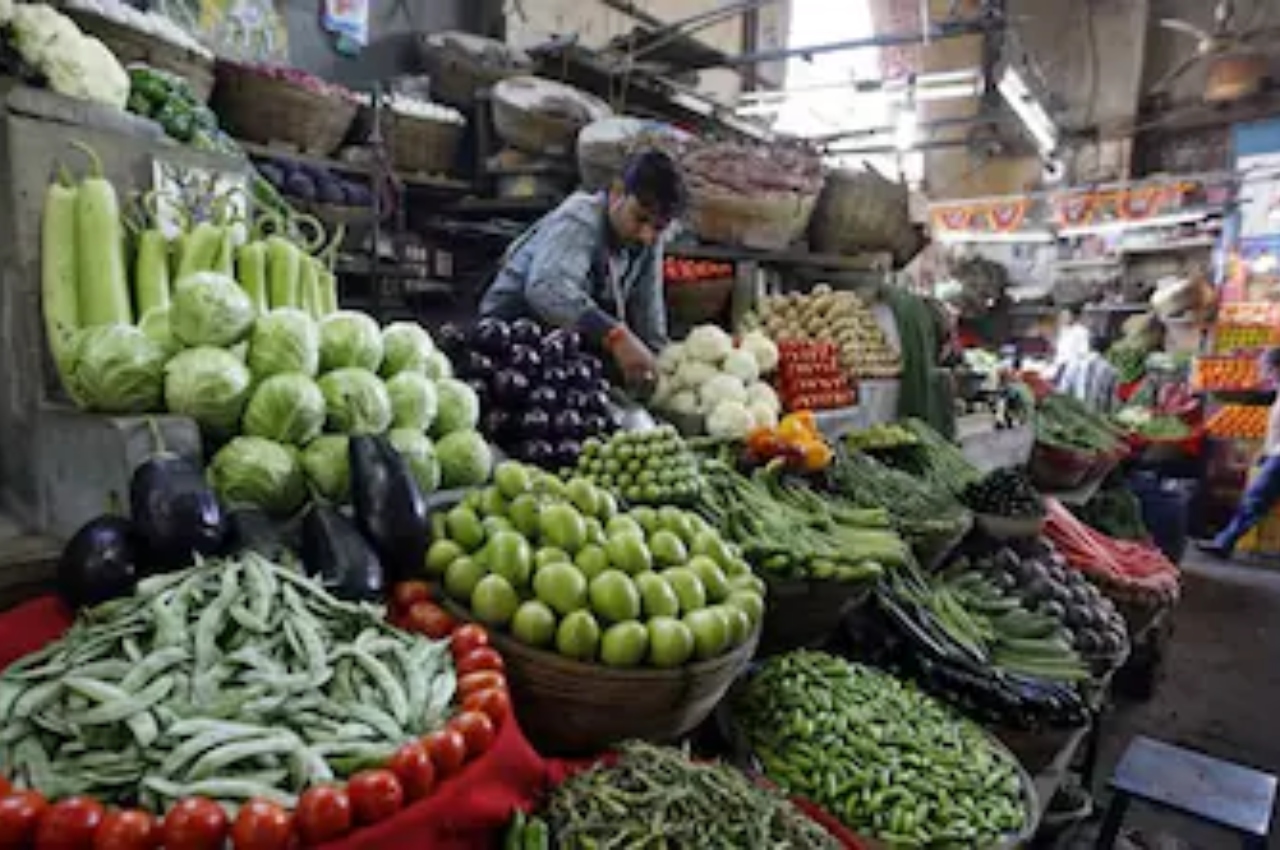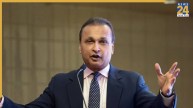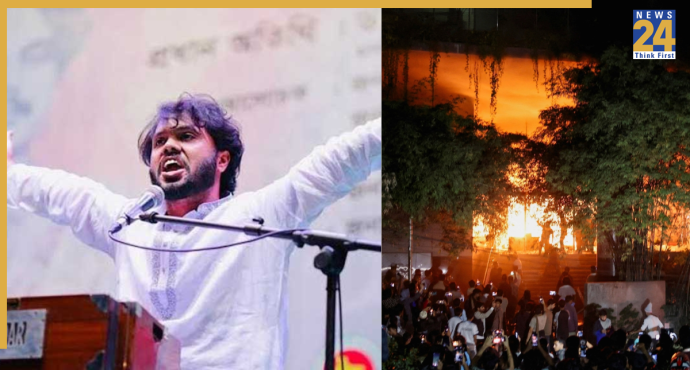New Delhi: India’s retail inflation rate increased to 7.41% in September from 7% the month before, while factory output decreased by 0.8% in August, according to figures issued by the National Statistical Office. These two factors combined to hit the country’s economy hard.
A higher food inflation rate of 8.6% in September contributed to the consumer price index (CPI)-based inflation, while a decline in factory output was caused by a decline in mining and manufacturing output.
The Reserve Bank of India has officially missed the inflation goal for the third consecutive quarter with the retail inflation print for September above the 6% threshold.
Shaktikanta Das, governor of the RBI, stated last month that he anticipates inflation to decline to 4% over the next two years.
The monetary policy committee (MPC) of the RBI has a 4% inflation objective, with a 2% margin of error on either side, in accordance with the RBI Act. If average inflation exceeds the 2%–6% range for three consecutive quarters, it is viewed as a failure by the RBI.
However, Das asserted that RBI would not make its official letter to the government on this matter public. “It’s a privileged communication between the Reserve Bank and government. So at this point of time we cannot say whether it will be made public. From our side we will not make it public because it is a privileged communication,” Das said.
The World Bank and the International Monetary Fund have reduced their growth forecasts for India for FY23 to 6.5% and 6.8%, respectively, due to the country’s rising inflationary challenges. In its most recent monetary policy, the Reserve Bank of India revised its growth outlook for FY23 downward from 7.2% to 7%.













